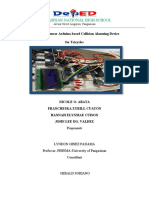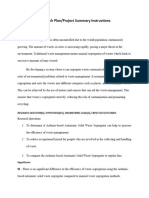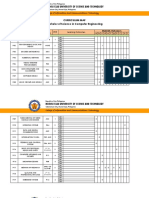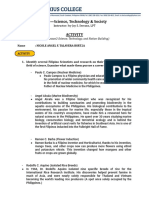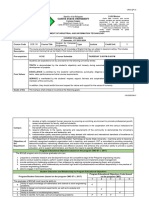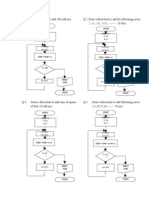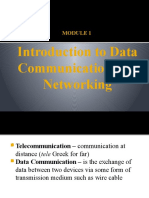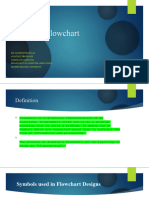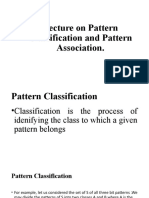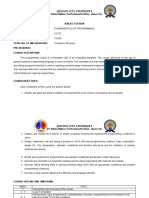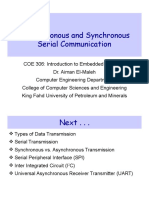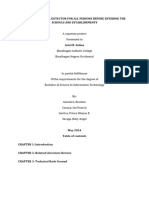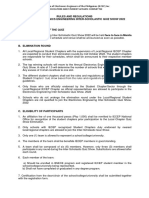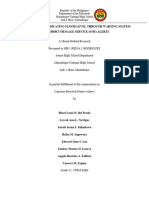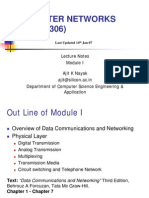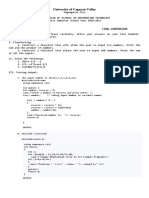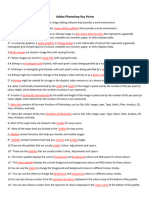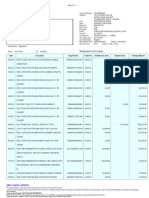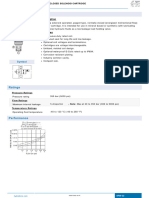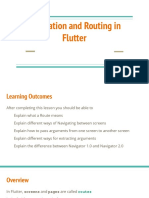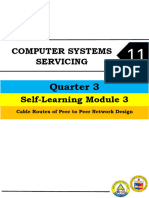0% found this document useful (0 votes)
282 views48 pagesLecture 3 Flowcharting For Students
The document provides an introduction to flowcharting and defines key concepts. It explains that a flowchart uses graphic symbols to represent the logical steps of an algorithm or program workflow. Common symbols are presented that represent actions like inputs, outputs, decisions, and flow direction. Examples of flowcharts are given to compute sums and conversions between temperature scales. Basic control structures like sequence and decision are discussed.
Uploaded by
garethpaul.medelCopyright
© © All Rights Reserved
We take content rights seriously. If you suspect this is your content, claim it here.
Available Formats
Download as PDF, TXT or read online on Scribd
0% found this document useful (0 votes)
282 views48 pagesLecture 3 Flowcharting For Students
The document provides an introduction to flowcharting and defines key concepts. It explains that a flowchart uses graphic symbols to represent the logical steps of an algorithm or program workflow. Common symbols are presented that represent actions like inputs, outputs, decisions, and flow direction. Examples of flowcharts are given to compute sums and conversions between temperature scales. Basic control structures like sequence and decision are discussed.
Uploaded by
garethpaul.medelCopyright
© © All Rights Reserved
We take content rights seriously. If you suspect this is your content, claim it here.
Available Formats
Download as PDF, TXT or read online on Scribd
/ 48





